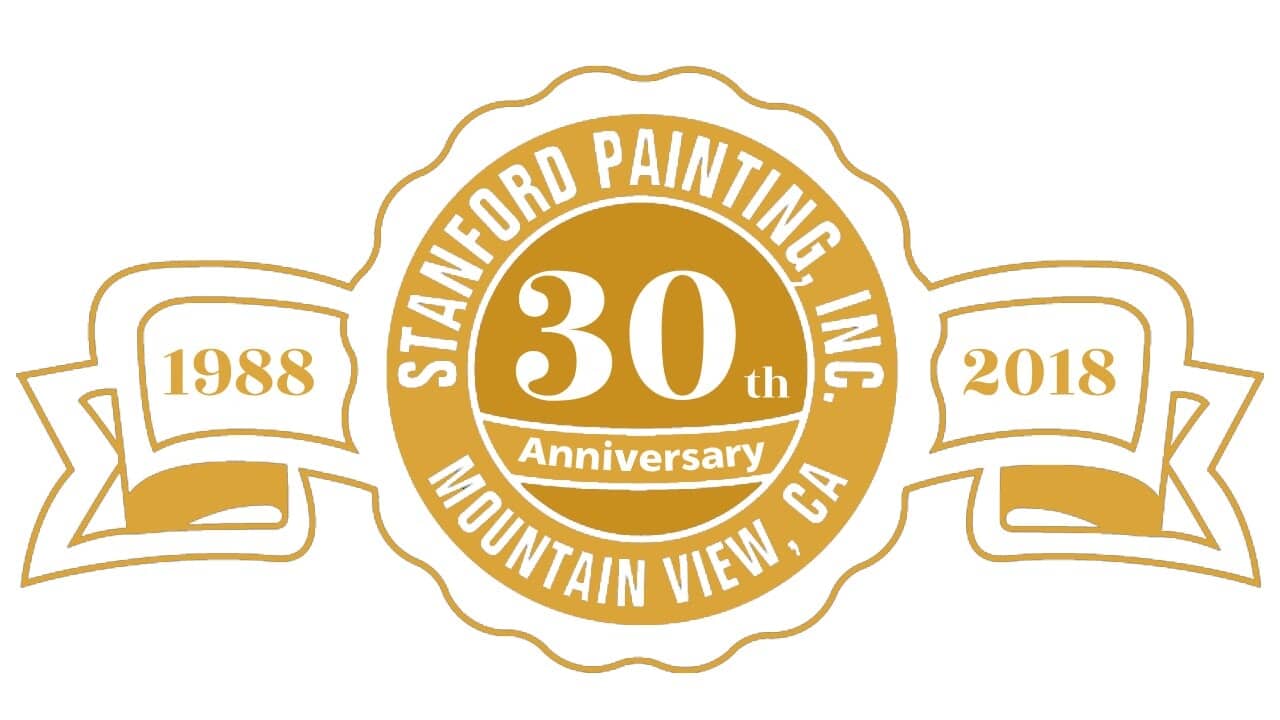The House Painting Process
ENJOY YOUR OUTDOOR SPACES
Thursday, September 5, 2019 2:25 AM Stanford Painting, Painting, Painter, House Painting,
Color has the potential to give a room a new personality and rearranges your reality – all in the course of a weekend. Whether you want to give your walls a burst with a vibrant orange or wash away that previous painting faux pas with a crisp white, there’s more to painting a room than slapping some color on the wall. It takes preparation, organization, and a bit of discipline.
Stanford Painting has come up with a painting process to help you save time and money, as well as to improve the quality and satisfaction of your work. Let’s start to transform your living space (and your outlook):
Determine what is on the wall
If you’re unsure if oil or latex-based paint is on the wall, do the cotton ball test. Dip a cotton ball with rubbing alcohol and rub it across a test area on the wall. If there’s paint residue, the current paint is latex; no residue, oil.
Clean it up
Although it might be tempting to just dive in and start painting, you have to ensure your walls are clean. Painting over a dirty wall can cause the paint to chip or peel off and you’ll have to do the job over. Before you start priming or painting, consider using a heavy-duty pre-paint cleaner to remove any dirt and grime, as well as fingerprints around doorknobs and light switches. Once the surface is cleaned, fill in any noticeable knicks and sand until smooth.
Use a cotton dropcloth
It’s inevitable, as neat as you think you’re going to be, spills and splatters will happen with any paint job, so it’s best to be prepared to protect flooring surfaces. Cotton or canvas dropcloths (versus paper) stay firmly in place and are less of a slipping hazard.
Prime the walls
Use a water-based primer for drywall; which will help hide any imperfections and even out the wall surface. For paneling (and similar textures), choose an oil-based primer. Primer also helps to avoid that “blotchy” look.
Stir the pot (um, paint)
Stirring the paint is essential for the color to mix evenly. For a finer stir, drill tiny holes in the stirrer; it will help the paint flow thus mixing it more thoroughly.
Mix it up
If you’re painting a large area that requires more than one gallon of paint, combine all the cans into one large bucket. This process, known as “boxing,” eliminates any color inconsistencies from one gallon of paint to the next.
Order of painting
It’s much easier and faster to tape off the trim, making it the perfect place to start painting. When painting the trim, just focus on getting a smooth finish. Any errant strokes will be covered when the walls are painted. Once the trim paint is dried (at least 24 hours), remove the tape. Using an “early release” tape (available at paint and hardware stores), tape off the walls and continue painting.
Keep on rolling
If you paint the outside edges (areas near the painter’s tape) with a brush, immediately roll out the painted area with a roller that is the thickness as the roller being used on the rest of the wall. This will ensure a consistent texture through the room.
Avoid lap marks
Lap marks are those unsightly stripes caused by rolling over paint that’s already beginning to dry. To avoid this, keep a “wet edge” by painting the wall from ceiling to floor, overlapping the previous stroke with the next.
Wait to cut loose
It’s tempting to pull the painter’s tape off the wall once you’re finished painting to reveal your beautiful work, but best practice is to wait for 24-hours. Instead of pulling the tape, cut it loose with a utility knife. This ensures clean lines and less chance of pulling off chunks of paint.
Practice proper storage
If you store a half-empty can of paint, it will dry out. To keep the paint available for touch-ups, drop golf balls in the can to fill the space or put plastic wrap under the lid. Make sure the lid is tightly sealed and store upside down.
If you’re looking for help choosing the right paint color for your home or need assistance with painting your home’s interior and don’t know where to start, stop by Stanford Painting. Our team of experts can steer you in the right direction, and get you painting in no time. Stop by our store located at 2330 Old Middlefield Way, #8 Mountain View, CA, or visit our website to learn more about our services or call today (650) 321-9302.
Sources
https://www.familyhandyman.com/painting/techniques/10-interior-house-painting-tips-painting-techniques-for-the-perfect-paint-job/
7 Wall Painting Techniques
https://stanfordpainti.wpengine.com/












